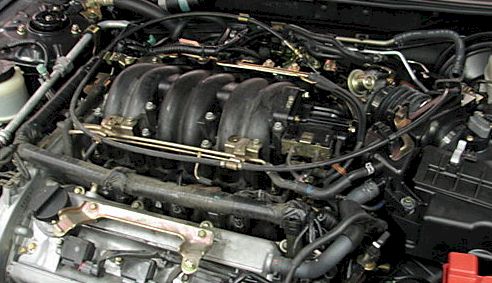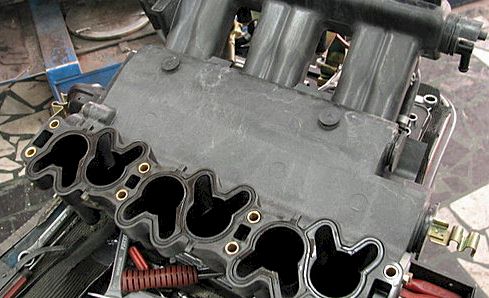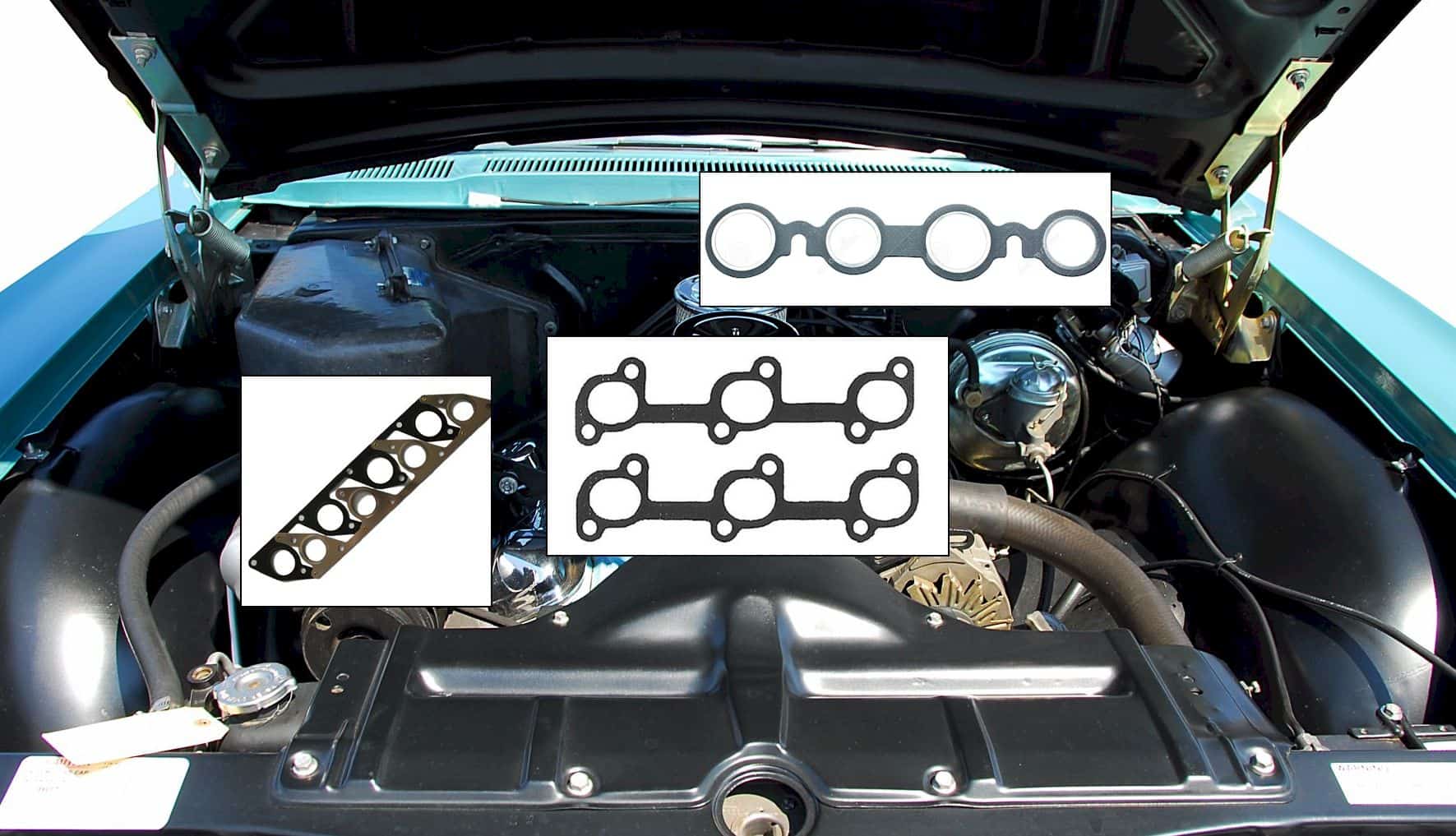Today’s innovative technology has made car engines more advanced. Bits and pieces of metal and wires threw together to create a piece of complex machinery. Every tiny piece of metal or tube has an important role to play. One of the most important parts of a car engine is called the intake manifold gasket.
This small gasket plays a crucial part to the car engine’s ability in performing well.
Before talking about the symptoms of a bad intake manifold gasket, let us first get to know what an intake manifold is.
What is an intake manifold and an intake manifold gasket?

An intake manifold is a series of tubes that are found at the top of the engine. This is where the fuel-air mixture flows. Think of it as your car’s lungs. A collection of tubes will distribute air coming from the engine into all the cylinders.
It ensures that the right amount of air will only mix with the right amount of gas. The engine uses this air during the first stroke of the combustion process.
A coolant runs through the engine manifold to help cool down its cylinders. The coolant also prevents the engine from overheating.
The intake manifold gasket is a small part, but is very important. This gasket attaches and seals the intake manifold against the cylinder heads. It makes sure that fluids will stay inside the cylinder.
They help in maintaining pressure and prevents debris from getting in the engines.
Some modern gasket design as an engine coolant seal as well.
Paper, rubber, and metal are what make up an intake manifold gasket. High-quality ones are made up of rubber mold on the steel carrier or perforated steel core.
They should be leak-resistant, decay-resistant, and can withstand exposure from organic acid technology.
Read Next:
The symptoms of a bad intake manifold gasket?

Harsh temperatures can wear the intake manifold down. Contamination from oil and coolant can also render a defective performance. As well as constant high-pressure air. Some of the symptoms of a faulty gasket are as follows:
You may be interested:
1. Coolant leak
One of the most common signs of a weary gasket is a coolant leak. You can spot this by its distinct burning smell. Dripping coolant underneath your car is also an indicator.
2. A rise in temperature
Check your temperature gauge indicators. If the pointer is near the red arc, it means that there is a rise in the engine temperature. This could lead to overheating. Nobody wants that to happen.
3. Engine overheating
A damaged gasket will lead to a coolant leak. Coolant levels will drop due to continuous leak, causing the car to overheat. Sometimes, a leak is not visible because the coolant may have leaked into the intake manifold. This will need immediate repair to avoid further engine issues.
4. Engine’s decrease in power or loss of acceleration
As the gasket wears out, malfunction in acceleration is highly likely. Stepping on the gas pedal will sometimes cause you to feel an instant surge in power. A sudden stop followed by an acceleration surge can also happen. This is a dangerous condition to be in while driving.
5. Disrupted fuel economy
The gasket allows a balanced mixture of air and fuel. When it becomes damaged, the air to fuel ratio will be disturbed, causing you to consume more fuel.
6. Stalling engine
Because of the disrupted air to fuel ratio, your engine will misfire. It can stop turning and stall at the end. A vacuum leak can also cause an engine to misfire.
How to change the intake manifold gasket?
Any issue with the intake manifold gasket is critical. Although it is relatively safe to drive with a faulty gasket, it is not advisable. The longer it stays in the manifold, the faster it will destroy your engine wholly. That is why any minor issues in the gasket need immediate addressing

How to change an intake manifold gasket:
- Drain the coolant manually using a hose.
- Disconnect the tubes and wires. Disconnect the electrical connections, emission, and vacuum lines if necessary. If fuel rails attach to the manifold, it should be removed as well.
- Remove the fasteners that connect the intake manifold of the engine.
- Then unbolt and remove the intake manifold off the cylinder head with care. Visually check if the manifold has cracks or heat damage.
- Clean the gasket surfaces with utmost care. Make sure that no debris makes their way inside the engine.
- Reinstall the new gaskets (if deemed necessary). Then reinstall the intake manifold onto the engine. All removed tubes, wires, and bolts are reinstalled. In some cases, the application of a sealant is required. Refer to the service manual of your automobile.
- For the final touch, do a test drive for the vehicle to check for leaks and other problems.
- Coolant leaks are easy to spot. They produce a distinct smell. Together with steam and the presence of coolant puddles under your vehicle. The presence of white chalky particles in your spark plug also indicates a coolant leak.
- You can also test for vacuum leaks by using a smoking machine. This machine allows you to check for several leaks in the intake manifold.
Installing an intake manifold gasket can be tricky. It is advisable to seek the help of a professional mechanic to handle your car’s engine. It will cost you a few bucks, but the service is worth the price.
Always make it a habit to do a complete engine check-up of your vehicle. Especially in the combustion area.
Conclusion
Cars are like humans that need to check up once in a while. They also need to breathe to survive, as humans do.
The intake manifold allows car breathing to happen. Intake manifold needs a high quality and functional intake manifold gasket to work.
The intake manifold gasket is one of the most important parts of an engine’s combustion chamber. They hold a bunch of engine parts together. They also work to deliver a smooth and harmonious performance.
Failure to keep tabs on your gasket can lead to a damaged engine over time.
James is a certified auto technician specializing in commercial vehicles. With 30 years of experience under his belt, James has encountered almost every type of automotive issue there is! Besides his day job at the repair shop, he is also an amateur race car driver.
